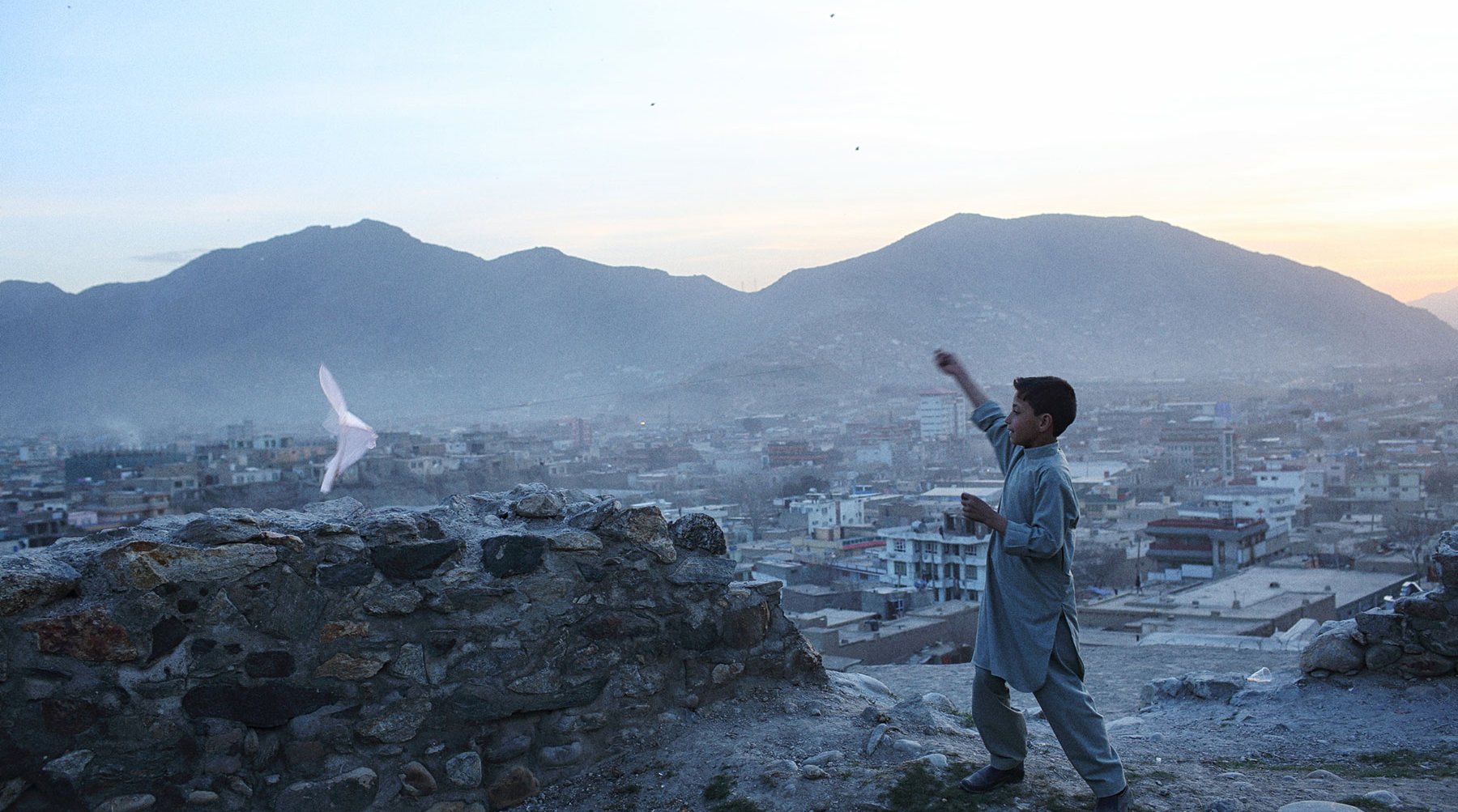
Afghanistan : After Enduring Freedom
Andrew Quilty
Agence VU'
In 2001, as part of the war on terror, the United States went into Afghanistan at the head of an international coalition bombastically named Operation Enduring Freedom. For the next decade, unprecedented attention (from aid agencies, private security contractors and media) was given to a country that, despite having been in conflict for more than two decades, had struggled to attract international interest.
Winding forward, as the clock ticked down to New Year’s Eve 2014, President Barack Obama announced the end to the NATO combat mission in Afghanistan, and America’s longest war. However, while the United States’ war in Afghanistan is ostensibly over and international interest on the wane, the fight for Afghanistan becomes more violent every year. In 2015 alone, Afghan security forces had more fatalities than foreign forces during the entire war. Civilian casualties are also on the rise.
Amidst the tumult of this latest chapter in Afghanistan’s constantly evolving war, the war-weary population also has to contend with political and economic paralysis. The national unity government, brokered in 2014 by U.S. Secretary of State John Kerry, is mired in internecine conflict. The withdrawal of foreign troops and donor money has sent unemployment rates soaring and has stifled economic activity.
Millions of Afghan refugees returned home following the ousting of the Taliban regime in 2001, but as many as one million are now internally displaced, twice as many as three years ago. Hundreds of thousands have made desperate, often futile or deadly journeys in search of better lives in Europe. Many among the new educated class in cities undertake this journey because of a growing sense of hopelessness and a lack of professional opportunities. Others flee rural areas where the Taliban continue to gain territory. The militant movement now controls or is staking a claim to as much as half the country.
Preview

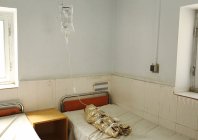
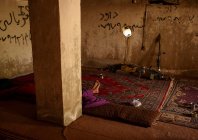
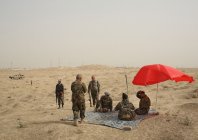
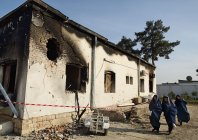
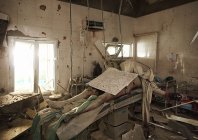
The most significant territorial victory for the Taliban came in September 2015 when, in less than a day, several hundred insurgents overwhelmed government forces to take control of the northern city of Kunduz. Though the capture was temporary, it was the first time a provincial capital had been under Taliban control since 2001.
The fall of Kunduz also led to one of the biggest tragedies of the war when, in the early hours of October 3, in response to an Afghan Special Forces request for air support during operations to re-take Kunduz, a U.S. AC-130 gunship razed the fully functioning Médecins Sans Frontières (MSF) Kunduz hospital to the ground, killing 42 staff, patients and caretakers.
Before the year was over, the Taliban staged two more major assaults on provincial capitals, including the capital of Helmand province, the source of nearly half the world’s opium, pumping hundreds of millions of dollars into Taliban coffers every year. In Kunduz and elsewhere, Taliban positions are only a few kilometers from provincial capitals.
In the face of this Taliban momentum, any prospects of holding internationally sponsored peace talks are floundering, and dissent within the government is growing by the day. Afghanistan, after more than a decade of Enduring Freedom, is yet again looking down the barrel of a gun.
Andrew Quilty
Exhibition curated by Olivier Laurent






